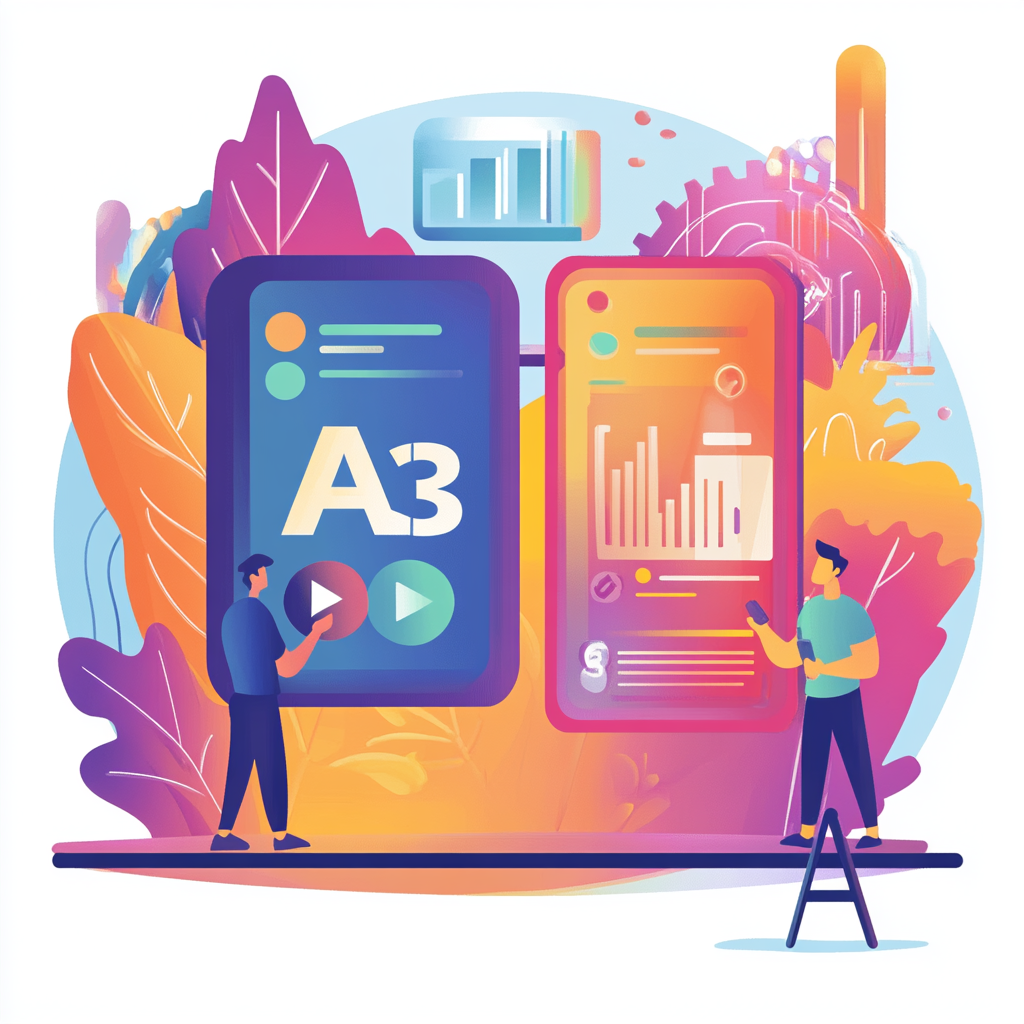There’s a Smarter Way to A/B Test

BlueSky Thinking Summary
In a new angle to increase the efficiency of A/B testing, research by Achal Bassamboo, Vikas Deep, and Sandeep Juneja introduces an adaptive mathematical model in response to the observed variability in the response to optimize the use of resources by reducing, as much as by 50%, the sample size usually required.
Traditional RCT methods often require prohibitively large sample sizes and costly support, including static assignment of users into options A or B.
This adaptive approach assigns the users a bit more intelligently, based on variability in engagement, thereby improving the accuracy of test results.
The primary takeaway from here is that while RCTs are simpler, adaptive models can shave off quite a bit from the total costs, enhancing effectiveness by considering how a myriad of options performs across different consumer segments.
This technique ensures that companies are better placed to perform their A/B testing, in terms of more insightful and cost-effective results.
This could really revolutionize how businesses optimize their strategies in a world where data is efficient.



